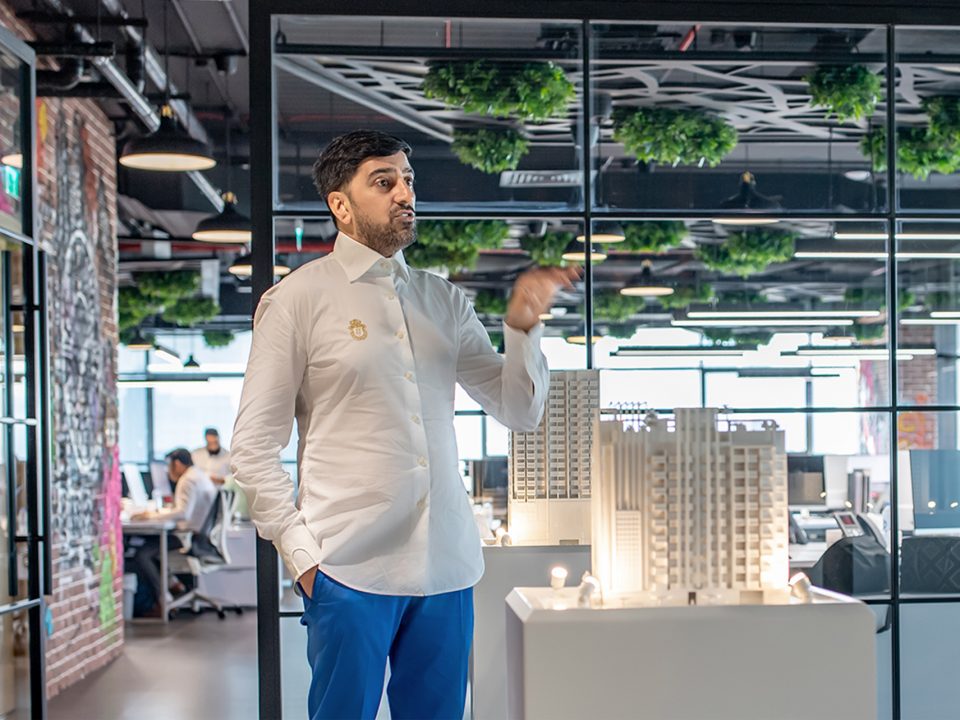

Samir Salya on the Luxury Property Show in London
1 November 2017
Samir Salya on why location is no longer key for luxury property investors in London
9 November 2017

It seems that mid-valued office buildings in Dubai are feeling the pressure, as local business owners choose to stay put. This is particularly true for small business owners who are not willing to risk a move to new premises.
As landlords of new stock are holding out against cutting rents, these offices are simply staying empty for long periods of time.
Most of the action in the office market sector in Dubai is at either end of the size spectrum. There is a relatively constant demand for large properties, according to Core Savills. They say that the average size of transaction is between 4,000 and 5,000 square foot.
As large as that is, it’s also noticeably smaller than previously. The report from Core Savills also notes that there is a large number of enquiries from Chinese owned businesses, particularly for property in free zone areas.
International enquires
The number of enquiries from overseas has stayed constant. This is due to a number of multinational companies, particularly within the legal and financial sectors, are keen to establish links to the region.
Landlords who own space in business centres and micro-offices in Dubai are best placed. New buyers and investors into commercial property from overseas seem to want “plug and play facilities eliminating occupation timelines”.
There is a weak demand for mid-tier commercial property, and the consequences of this could possibly be seen from 2018.
Dubai’s supply of office units was increased by around 2.3 million square feet being delivered since the beginning of 2017. This includes more than 740,000 square feet that is now being handed over in One Central.
Grade A offices
Prime offices constitute around 71% of the new stock that is planned to enter the market between 2017 and 2019. Most of these buildings are owned by a single owner and managed by entities that are owned by the government.
Wherever new supply springs up, pressure will be increased on the area. There will be even more stress placed on office buildings with more than one owner. Further pressure is likely to be piled on top of high vacancy levels, which will make leasing out office buildings even more difficult.
There is going to be no slowdown in the number of new office spaces that will be hitting Dubai’s property market. In fact, 2018 will see delivery of about 2.2 million square feet, including developments like One Central Offices 4 and 5, the Amesco Tower in JLT, Gate Village 11 in DIFC and Phase 1 of Innovation Hub. Many of the units within these projects are already pre-leased.
Negotiations difficult
All of these factors mean negotiations between tenants and landlords are likely to become increasingly tricky. Some owners are making steps towards adjustments. For example, developers are slowing down the pace of new mid-tier office space. The market as a whole is adjusting to the need for single-owned prime stock.
Landlords who own older office buildings in Dubai will have to make changes in order to survive. Tenants have no problem relocating to the new custom-designed business districts.
About Samir Salya
Samir Salya is the Chairman of Reign Holdings, and is involved in UK and UAE real estate and construction. Samir holds over 20 years’ experience in executive management, business expansion, performance improvement, sales and marketing
Related posts

Copyrights © 2020 Reign Holdings. All Rights Reserved.


